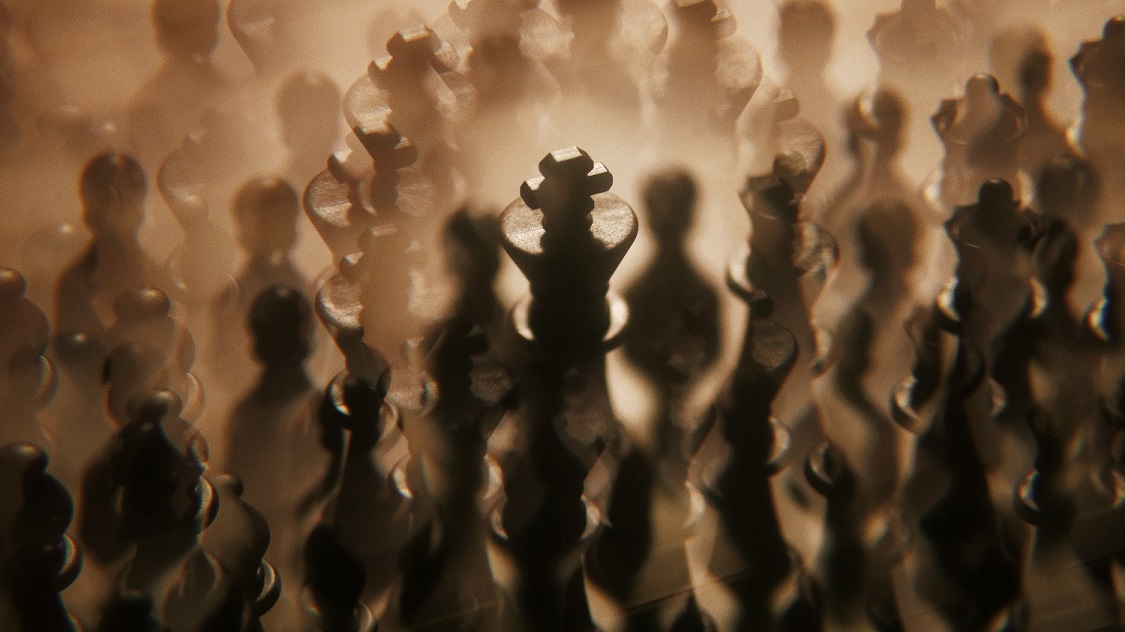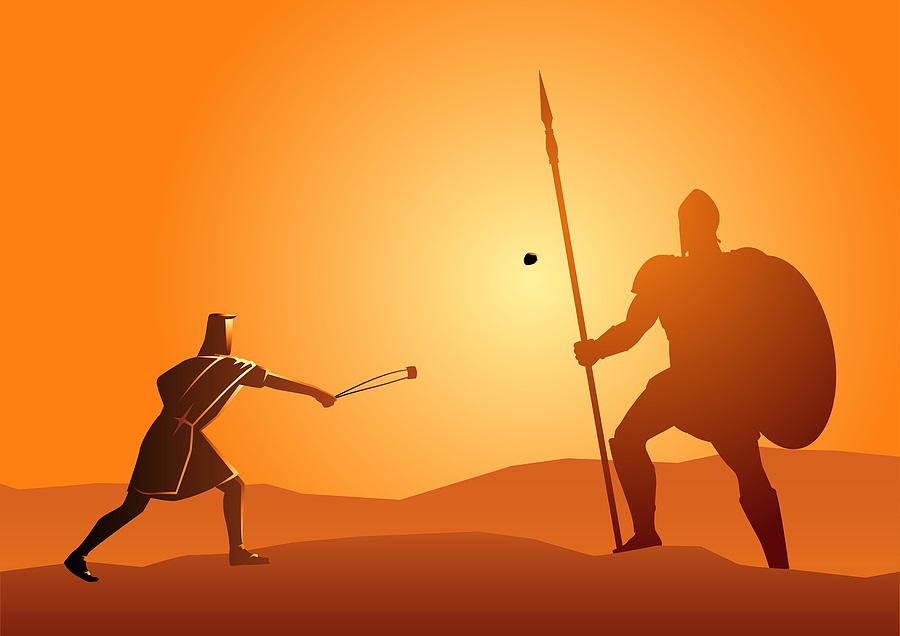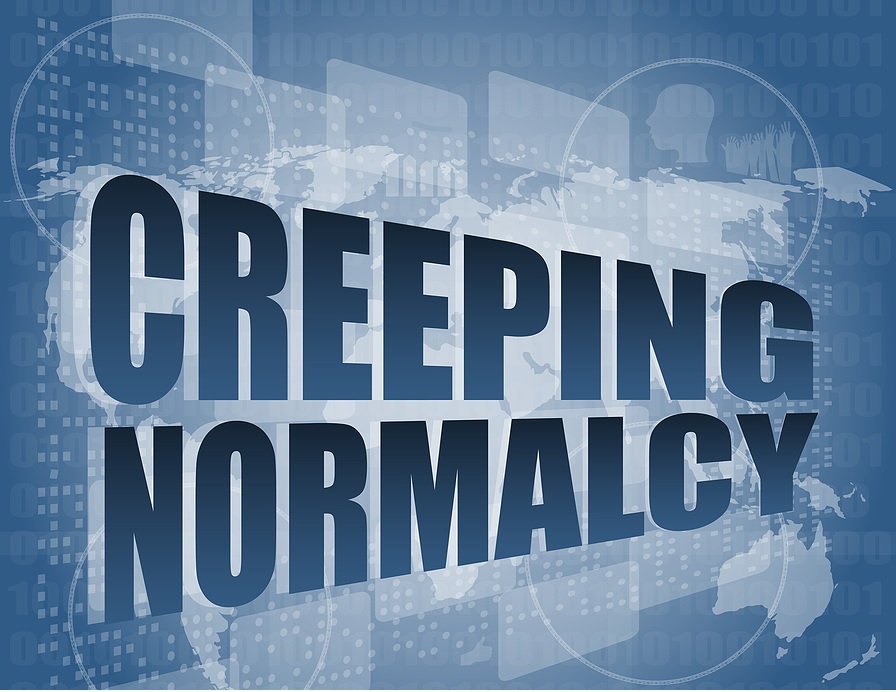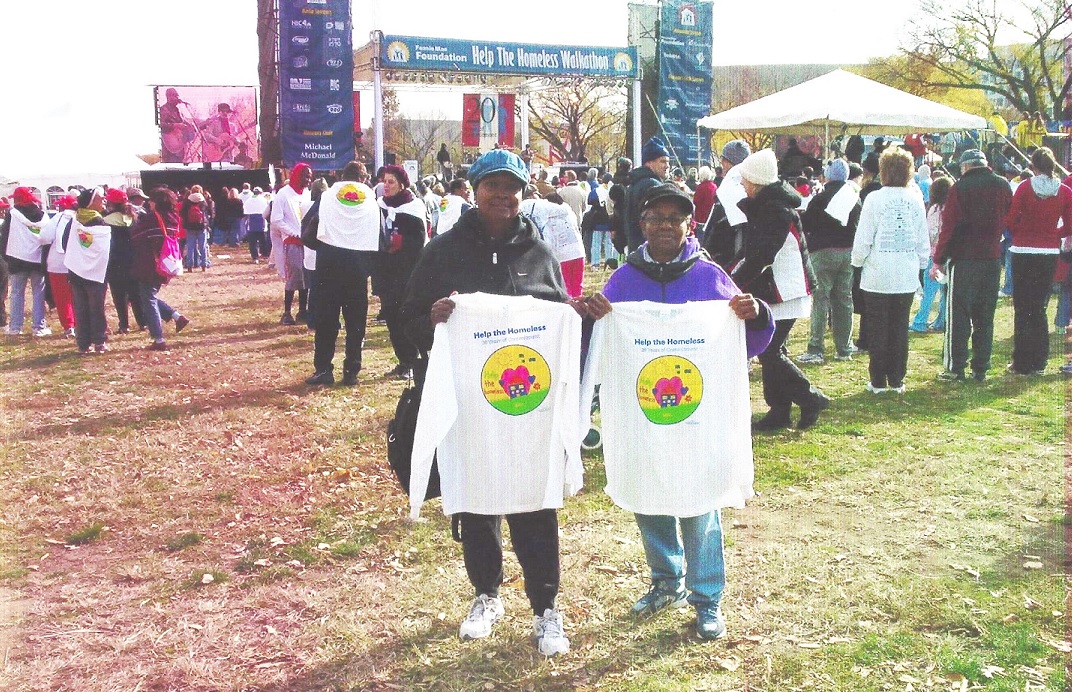 “Quiet people have the loudest minds.” Stephen Hawking.
“Quiet people have the loudest minds.” Stephen Hawking.
I read somewhere that the typical Pisces is extremely introspective. Don’t I know it. My brain seems to always be on hyperdrive, even when I’m sleeping in dreamland.
I contemplate everything. It baffles me that people spend hundreds of dollars on cut-out jeans simply because they are fashionable. And I wonder why birthdays are counted in years instead of days; especially since a day can sometimes seem like a lifetime. I humorously consider that someone who turns 50 on their birthday would be 18250 days old. Then, I imagine trying to fit those figures on a line on a form with only enough space for three digits.
Often my philosophy wavers between believing in predestination and the idea that we are all autonomous beings fueled by self-determination.
Some people ascribe to the doctrine that a Higher Power foreordains everything and that the script of our life is assigned when we are born. As we age, we think that we can control our destiny when we may not. What if we only believe that we have free will because part of the master plan is to let us think that we do?
Consider the epigraph The Appointment in Samarra. Are we always where we are supposed to be at any given time?
Another example. Say that a man is running late for an appointment. He rushes out of the building and anxiously tries to flag a taxi. A cab stops a couple of feet away from him. As he begins walking toward it, another man who had just approached the scene rudely rushes past the first man and hurries into the cab. The driver pulls off and proceeds on the green light into the intersection and is broadsided by a box truck that has run the light. Both the cab driver and passenger are badly injured. Was it predestination that the man from who the cab was stolen avoided the accident?
If someone commits suicide, was it predestined that the person would die that way, or was their free will, their intent to take control, the determining factor in when and how death would occur? Relevant to death, was euthanasia proponent Dr. Jack Kevorkian, an assigned architect of good or a force of evil? Everything is relative, isn’t it?
Do things unfurl in life the way they are supposed to, or is everything happenstance? Are our hopes, dreams, and plans already inbred or assigned to us before we are born, and do we merely follow the script once we are here?
I frequently consider how our thoughts, words, and actions, good or bad, sometimes have extensive reach. The things we say or do can benefit or harm others, often without our knowledge, subsequently a domino effect.
In these contemporary times, it seems that everything and everyone is interrelated far and wide. For example, random hookups that result in childbirths, artificial inseminations, and surrogacies make blood ties far-reaching. Consequently, brothers and sisters, cousins, and other blood relatives can unknowingly develop a physical or sexual love connection without knowing that they are related.
Occasionally, I entertain the idea that we, all of humankind, are on a universal chessboard. Depending on our social and economic status in life, we are the kings, queens, bishops, rooks, and pawns that provide entertainment for the omnipotent powers that be.
Sometimes I am inclined to agree with Shakespeare. Were he alive to paraphrase a line that he gave to Hamlet, he might say of my perpetual curiosity, “The lady doth overthink too much, methinks.”




